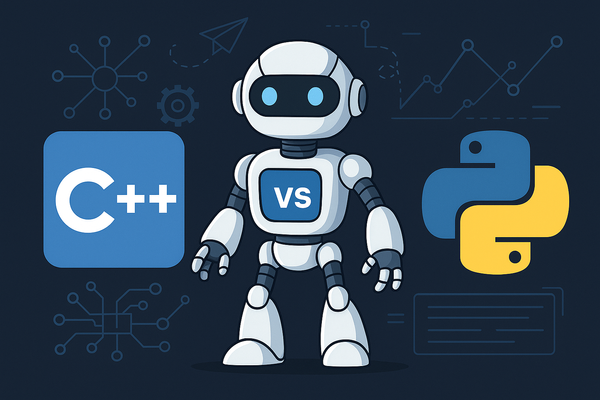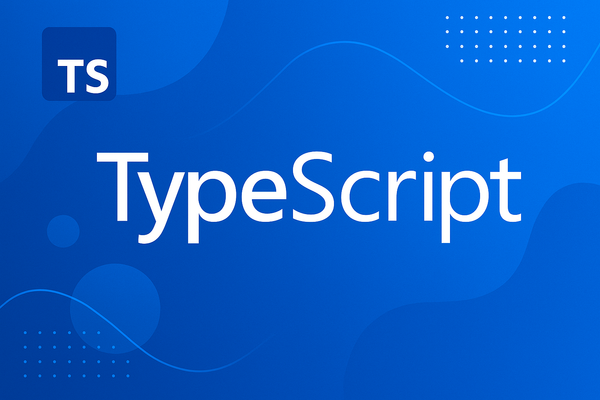Rust: Its Growing Popularity in Embedded Systems

Embedded systems are everywhere—from the microcontroller in your smartwatch to the complex boards that power automotive control units. Traditionally, C and C++ have been the default languages for programming these devices, but recently another contender has been making waves: Rust. Known for its memory safety, fearless concurrency, and modern tooling, Rust is quickly becoming a serious choice for embedded developers.
Why Rust for Embedded?
Embedded development is notoriously challenging. You’re often working with devices that have:
- Limited memory and CPU speed
- Real-time requirements
- No operating system or standard library
Historically, C and C++ gave developers low-level control but at the cost of safety—buffer overflows, dangling pointers, and data races have caused countless headaches (and bugs). Rust tackles these challenges head-on.
- Memory Safety: Rust’s ownership model and borrow checker prevent common errors like null pointer dereferencing and use-after-free.
- Zero-Cost Abstractions: You can write expressive high-level code that compiles down to efficient machine code without runtime overhead.
- Concurrency: Rust’s type system ensures thread-safe concurrency—critical for real-time systems.
- Community Support: The Rust Embedded Working Group has created a rich ecosystem of crates (libraries) that make embedded development approachable.
Comparing Rust to C/C++
While C/C++ give you maximum control, they leave safety entirely up to the programmer. Rust flips this: you still get low-level control, but with guardrails at compile time. For example, accessing a memory-mapped register in C is often done with unsafe pointer arithmetic. Rust provides similar low-level access, but you’re required to explicitly mark unsafe sections—encouraging careful, contained use.
Example: Blinking an LED in Embedded Rust
The “Hello World” of embedded systems is making an LED blink. Here’s how it might look in Rust using a hardware abstraction layer (HAL):
#![no_std]
#![no_main]
use cortex_m_rt::entry;
use panic_halt as _; // Panic handler
use stm32f4xx_hal::{pac, prelude::*};
#[entry]
fn main() -> ! {
// Access device peripherals
let dp = pac::Peripherals::take().unwrap();
// Configure GPIO port
let gpiod = dp.GPIOD.split();
let mut led = gpiod.pd12.into_push_pull_output();
// Blink loop
loop {
led.set_high();
cortex_m::asm::delay(8_000_000);
led.set_low();
cortex_m::asm::delay(8_000_000);
}
}
This code:
- Uses
#![no_std]to indicate it runs without the standard library. - Sets up GPIO pin PD12 as an output.
- Toggles the pin in a loop, turning the LED on and off.
It looks clean, is strongly typed, and enforces safety even at this low level.
Real-World Adoption
Rust is no longer just experimental in the embedded world. Companies in automotive, aerospace, and IoT are exploring or already using Rust for device firmware. Projects like Tock OS (an embedded operating system written in Rust) demonstrate its viability in safety-critical environments.
Final Thoughts
Rust combines the performance of C with the safety of modern languages, making it a strong candidate for the future of embedded systems. While C and C++ remain dominant, the momentum behind Rust is undeniable. With its growing ecosystem, active community, and adoption in real-world projects, Rust is quickly earning its place as the language for next-generation embedded development.
If you’re working in embedded systems, now is the time to experiment with Rust—you might find it not only safer but also more enjoyable.




